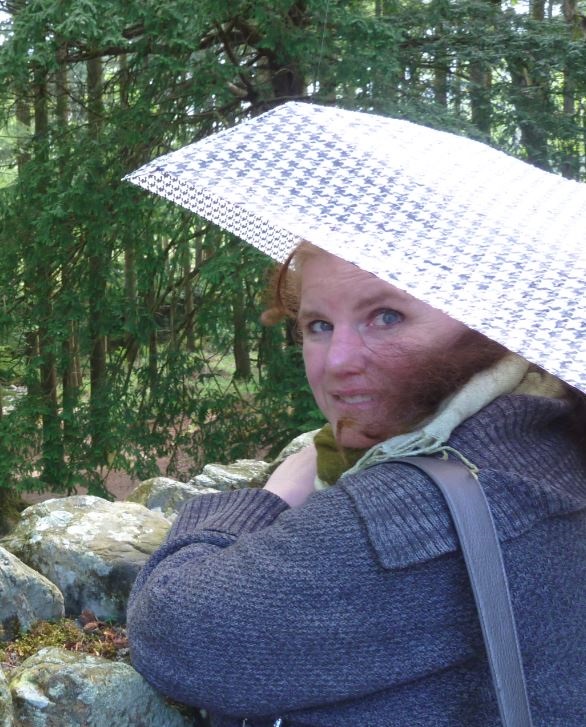Reading this book was a fluke – I added it to my list because I didn’t have a lot of “G’s” to read, because this book got the Nebula in 1995, and before I decided it was too dangerous to veer “off-list.” I haven’t been too impressed with the Nebulas, to be frank. Just because it happened to be the best book that year doesn’t always mean it belongs on my best book list. By the time I got to this one, I was worried – many of my off-listers hadn’t panned out so well.
This one was much better, a pleasant and readable surprise, and not only because the author had a firm understanding of how a sewage plant works (which strangely, I do too, because of my last job as Water Conservation Coordinator). I read it in a day or so, because I liked the triple-point of view and the setting and the characters. Other reviewers liked the themes of going down into hell and being forced to redeem oneself either successfully or not (Lot, Orpheus, some Babylonian dude), but the themes that really spoke to me were that of being an immigrant, not-belonging right inside your own world, or a strata of your world. It was beautiful, wistful, dangerous, and lonely.
This was a finely written, autumn-poetic book that never quite got too literature-y, although I thought the ending was flawed, so much so that it threw the rest of the book off for me. But it was lovely to read, I enjoyed the characters, and I am interested in reading Griffith’s first book, Ammonite.
It’s hard for me to draw a lesson from this book, even though I truly enjoyed it. Is it because she is not quite an Olympic writer (versus the Nationals, like in ice-skating?). But it belongs on my list, none the less. Maybe, finding themes in older literature that delineate the themes in my own story, and weaving references to that older literature back in? Tricky to do, time consuming, but most certainly rewarding.
Oh, and this is important: sophisticated inside knowledge (in this case, how waste water is handled, informs and strengthens a story as well.)

 RSS Feed
RSS Feed